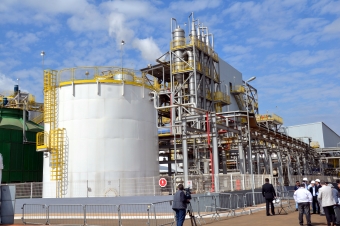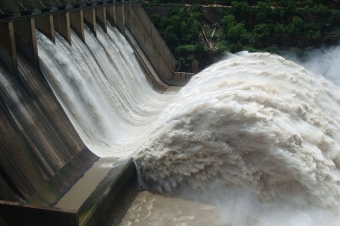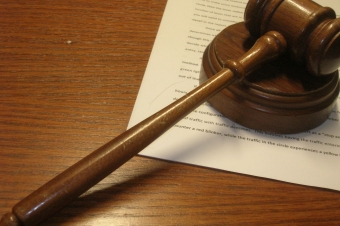Ementa:
This activity examines the effects of blood paternity and socio-affective for testamentary inheritance purposes in a difficult case. It is pretended that students develop the capacity of legal argument and consolidate the principal legal concepts involved. To do so, they must simulate a judgment on the case of Hans Stern inheritance, which involved the existence of potential heirs with serious socio-affective affiliation to another person.
Objetivo:
- GENERAL GOALS: It is to consolidate fundamental concepts of family and inheritance, as heredity order, socio-affective paternity, inheritance rules and testament, in addition to encouraging the students to construct consistent arguments to solve difficult cases.
- SPECIFIC GOALS: It is to discuss the effects of blood fatherhood and socio-affective paternity for inheritance purposes, on a case that has peculiarities that difficult the solution. Unlike other cases, it would be the socio-affective paternity argument against recognition of the right of inheritance.
- To develop in students the ability to legal argument.
Dinâmica:
- TEACHING METHOD: simulation, because students interacted with each other based on defined roles.
- REQUIREMENTS: There was an obligatory previous reading of the RESp 1.059.214 (Attachment 1). There were also previous class about the order of heredity, the socio-affective paternity and the regime of testamentary succession, in which the concepts were worked with the students.
- INTRODUCTION TO THE DYNAMICS: based on a magazine news, the classroom was divided into three groups, each with two subgroups: Lawyers Milton and Nelson (groups A and A'), lawyers of the Stern brothers (groups B and B') and judges (C and C'). Each group received the narrative of the case accompanied of some guidelines that guided the students on what questions they should focus (Attachment 2). The groups had a period of one hour to prepare and could consult legislation, judicial decisions and doctrinal materials available at the internet. The professor walked around the class, cleared some doubts and gave some indications of possible paths or case of the problems. After the discussion, each group sent electronically to the professor a synthetic list (in items) of the main arguments that they would use in the debate.
- DEVELOPMENT OF THE DYNAMICS: after the preparation, the groups started the discussions in the following order:
1) Group A members present their arguments individually (5 minutes);
2) Group B members present their answers individually (5 minutes);
3) Group A’ members present their replica individually (5 minutes);
4) Group B’ members present their rejoinder individually (5 minutes);
5) Group C members present their votes individually (5 minutes);
6) Group C’ members present their votes individually (5 minutes).
The professor only coordinates the activity, intervening only when the manifestation of the students contained serious errors. Thus, so that the judges did not become oblivious to the activity, they should summarize the arguments brought by each party.
All students must necessarily manifest themselves. The same student could not manifest himself more than once in the debater position. If a student who had already manifested thought of a new argument, he/she should convey his/her idea to the colleague of the group who had not yet manifested himself/herself. During the debate, it was not allowed the intervention of the audience or other members of the group, when outside the agreed order.
- END OF THE DYNAMICS: the dynamics ended with the presentation of the vote by the judges.
- ATTENTION IN THE CLASSROOM: The class was taught in the Computer Lab, so the students could have access to the internet.
Avaliação:
- FEEDBACK: the professor corrected any terminological and conceptual inaccuracies in later classes.
- GRADE EVALUATION: the attitude of the students during the discussions and in the simulation was taken into account for the participation grade. This grade had two components: exercise and participation in a wide sense. The delivery of the argument list by the group served as exercise grade, while the individual student participation in the group discussion, presentation and simulation composed of the end of the participation grade. The professor appreciated with a higher grade to the use of a good argument, characterized by creativity, technical aspect, legal consistency, and by using the previous reading of judgment and the material researched, among other elements.
Observações:
1) When the discussion is more technical, the professor can start the following class, returning and specifying the terms used.
2) It is possible to vote by the ballot, filled out by all students, after discussion between the parties, which creates more expectations and reactions in students.
Copyright from the cover page image:
Image: "A colorful assortment of artificial plastic jewels", of 2008, artist: Roman Köhler. Image in public domain, available by the own author at the Wikimedia Commons





